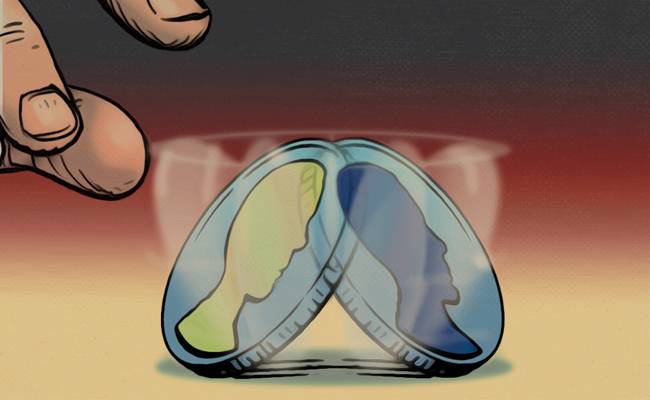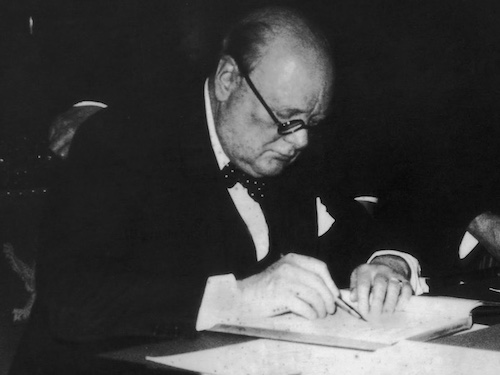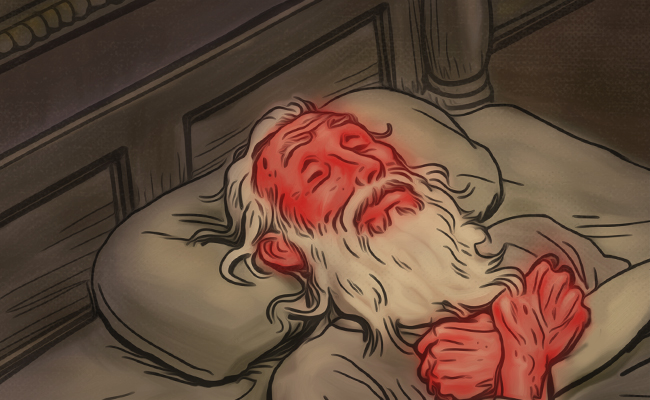
When you first receive the news that a loved one has died, you can initially feel weirdly alright. Functional. Even buoyant. You may feel so fine, in fact, that you feel guilty you’re not taking it harder than you are.
Then, the shock wears off, and the grief hits you like the proverbial ton of bricks.
Though it arrives with the force of a freight train, its full weight doesn’t come to a complete stop upon you.
Instead, it crashes and recedes in waves. Some days, you can barely operate. Others, you feel close to normal.
Over time, the magnitude of these waves diminishes. While grief doesn’t abate in a linear, progressive fashion — even years after a loss, the pain can resurface with a frightening freshness — its overall trajectory moves in a downward direction.
This pattern of grief — its delayed absorption, its oscillating intensity — may seem random. But it instead points to a built-in defense system.
Rather than taking on the pain all at once, and to what would be a crushing, life-extinguishing degree, our bodies and minds process it in harrowing but survivable doses. We innately know how to weather it. We’re made to endure. As long as we exert a minimum of effort in keeping our heads just above water, we’ll come out — battered, bruised, but intact — on the other side.
As we navigate life’s uncertain journey, we can take heart in knowing that whatever hardship lies around the corner, we are equipped to deal with it.
We can find confidence in knowing that the idea we’re never given more than we can handle isn’t just a comforting cliche.
We can live a bit more bravely knowing that, as Victor Hugo put it, “Sorrow is a fruit. God does not make it grow on limbs too weak to bear it.”







